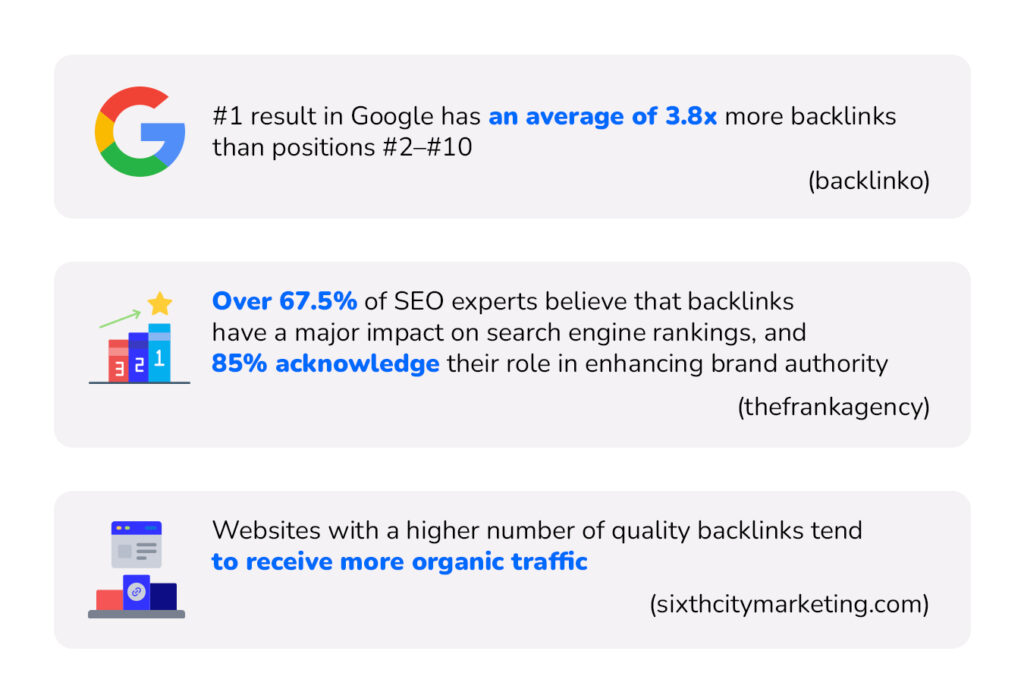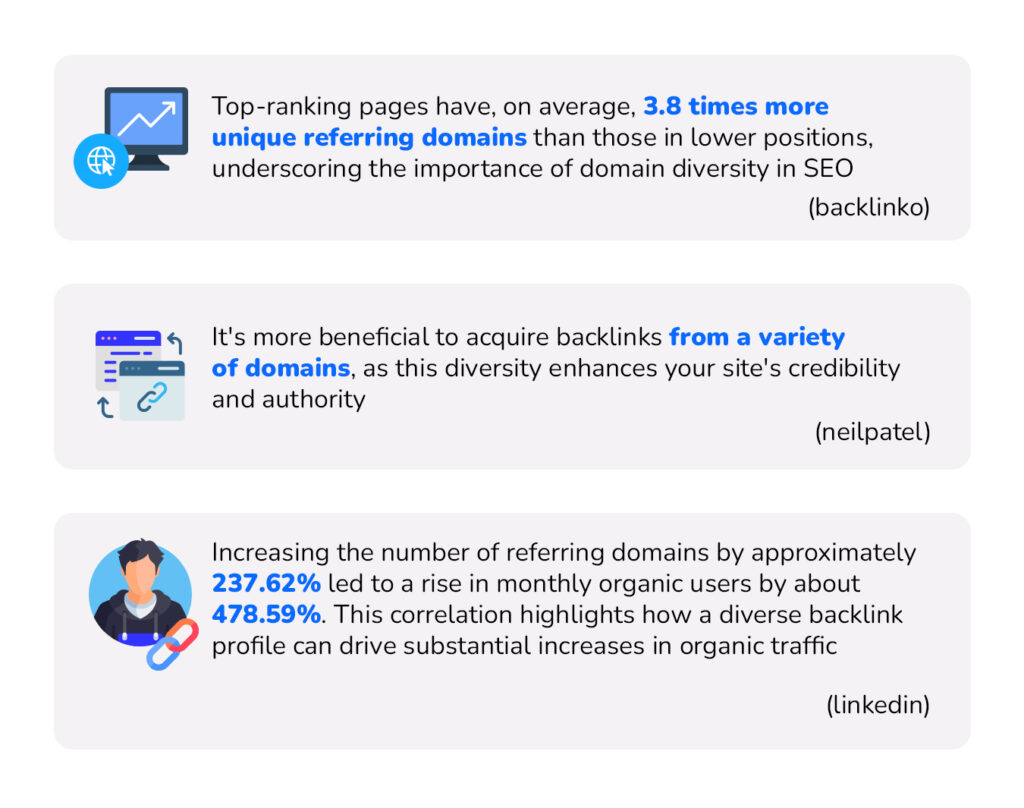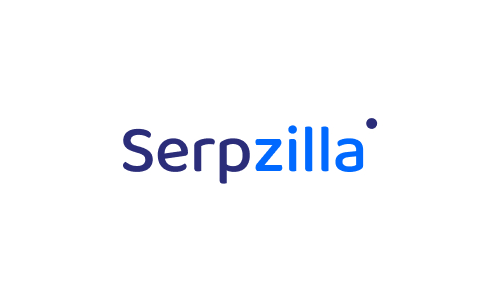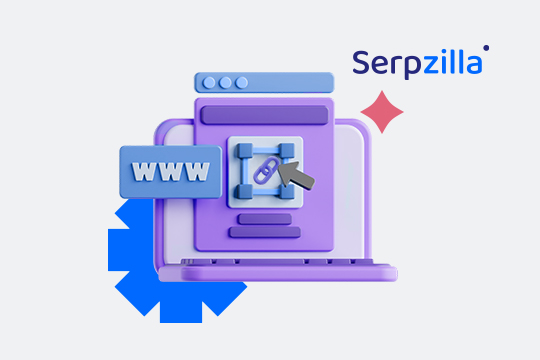When you promote a website by means of improving your search engine rankings, the main focus is always on getting high-quality backlinks. This is because search engines basically judge your merit by how many sites link to you. However, an important distinction exists: the number of links and the variety of websites providing them are different sorts of things.
One common misconception here is that the number of backlinks always improves your result.This is not exactly true. For instance, links from a single source provide limited benefits. When Google calculates your SERP placement, both the total number of links and their diversity play a role. A single link from a decades-old, highly authoritative website can outweigh multiple links from some subreddit.
This article explains why you need a balance between backlink quantity and the quality of linking websites matters.We will also speak about methods of assessment for these factors and how they improve your SEO.
What is a backlink?
When a website cites your webpage and provides a clickable link, it generates a backlink. Therefore a backlink is a link from one website to another. Similar to a vote for your content, this informs search engines that it is worthwhile and deserving of more people’s attention.
Dofollow and nofollow links are the two primary categories of backlinks.
Dofollow backlinks are the most beneficial for SEO since they increase positions in search engine results by transferring authority, also known as “link juice”, from the referring website. Whereas, nofollow backlinks include a “rel=nofollow” attribute that tells search engines not to transmit authority. These links nonetheless increase traffic and help create a varied and organic backlink profile even when they don’t directly raise rankings.
Search engine optimization rankings are significantly influenced by backlinks. Search engines view a page as more reliable when it has links from other trustworthy websites. Consider the case of two websites with comparable content, one of which has backlinks from reputable sources in the topic and the other one has none at all. Because search engines view the first website as more reliable, it is likely to rank higher in search results.
Therefore, when it comes to backlinks, quality matters more than number. Dozens of links from spammy or low-quality websites are worth considerably less than one link from a highly respected and authoritative website, such a well-known news outlet or industry blog.
What is a referring domain?
A website that links to yours is called a referring domain; that is, when a website links to your page, it generates a backlink and turns into a referring domain. This promotes your website and drives visitors to it.
The website that links to your page more than once is still counted as one referring domain. For instance, you would receive ten backlinks but only one referring domain if a blog had ten different pages linked to your website. The variety of referring domains is given precedence by search engines over the quantity of links originating from the same source.
This difference is important since SEO benefits more from obtaining backlinks from several referring domains than from obtaining a large number of connections from a single website. A wide variety of referring domains demonstrates to search engines that your material is trusted and recommended by a variety of sources, enhancing your authority and raising your search engine rankings.
Why Do People Think Referring Domains and Backlinks Are the Same?
People often confuse referring domains and backlinks because both relate to link-building and SEO. Since both involve links from other websites, many assume they are interchangeable. However, they serve different purposes.
Backlinks are the actual links from one website to another. If a single site includes 10 links to your page, you gain 10 backlinks from that site. Referring domains represent the number of unique websites linking to your site. If all 10 backlinks originate from the same website, you still have only one referring domain.
For example:
- Backlinks: A local news website publishes five articles, each containing a link to your page. This results in five backlinks.
- Referring domains: Even with five backlinks, the news website still counts as one referring domain, as it is a single site linking multiple times.
Although both metrics relate to external links, backlinks track the number of links, while referring domains count the number of different websites linking to you.
The Difference Between Backlinks and Referring Domains
Backlinks and referring domains are closely related, yet they serve different roles in SEO. Understanding these distinctions can help you create a more efficient link-building strategy.
| Aspect | Explanation | Example |
| Diversity vs. Quantity | Referring domains focus on the number of unique websites linking to your content, while backlinks count the total number of links. Search engines prefer a diverse set of referring domains. | One news site links to your page 10 times → 10 backlinks, 1 referring domain. Ten different sites each link once → 10 backlinks, 10 referring domains (more valuable). |
| Impact on Authority | Links from different trusted sources improve authority more than multiple links from the same site. | 50 backlinks from one industry blog provide some value, but 50 backlinks from 50 authoritative sites strengthen SEO significantly. |
| Link Quality | Links from high-authority domains carry more weight than numerous links from low-quality sources. | A single backlink from The New York Times is more valuable than 10 backlinks from small, unknown blogs. |
| Best SEO Strategy | Prioritizing a variety of high-quality referring domains leads to better rankings and stronger authority. | A mix of relevant, authoritative sources creates a powerful SEO profile. |
How Do Backlinks and Referring Domains Impact SEO
Backlinks and referring domains both influence search engine rankings, but they serve different roles in improving SEO.Backlinks are links from other websites that serve as endorsements and drive traffic to your content. An increased quantity of backlinks tells search engines that your material is worthwhile, but at the same time quality is more important than quantity. More weight is given to a single backlink from a reliable source, like a significant news organization or a prominent figure in the niche, than to several backlinks from unimportant or tiny websites. A link from a well-known tech blog with a large number of followers, for example, has a greater effect than multiple links from obscure websites.

Referring domains are a measure of how many distinct websites link to your own website. Search engines can better recognize that your content is respectable and trustworthy when it has backlinks from a range of domains. For example, search engines might perceive backlinks from 20 separate health-related websites as an indicator that your material is widely recognized in the health field, which can boost your website’s rank.

Compared to a website with 100 backlinks from one or two websites, the one with 50 backlinks from 50 distinct referring domains has a superior SEO rank. This shows to search engines that your content is widely recognized and valuable.
Referring domains and backlinks are equally necessary, but quality matters more than quantity. Many backlinks from low-authority websites are not nearly as helpful as a few backlinks from diverse, high-authority domains. In addition to improving your SEO, obtaining links from reliable sites positions your website as an authority in your industry.
How to Check Backlinks and Referring Domains
Maintaining a healthy link profile and enhancing the SEO of your website requires regular audits and analyses of backlinks and referring sites. You may quickly monitor and evaluate the quality of your backlinks and referring domains with many well-known SEO tools.
Here’s how you can use these tools effectively.
Tool 1: Google Search Console
Google offers a free tool called Google Search Console to help you keep an eye on and control how your website appears in Google search results. It offers insightful information about your website’s performance, including backlinks.
Key features related to backlinks and referring domains:
- Links Report. It shows the number of backlinks to your website and the domains that are linking to your content.
- Top Linking Sites. It highlights the domains that provide the most backlinks to your site.
- Top Linking Pages. It displays the specific pages on your site receiving the highest number of backlinks.
- Anchor Text. It identifies the most frequently used anchor texts in the backlinks that point to your site.
How to use it for analysis:
- Log in to Google Search Console and select your website.
- On the left-hand sidebar, navigate to Links.
The ‘External links’ section displays a list of your Top linking sites (referring domains) and Top linked pages (backlinks). - To expand the list and see additional referring domains and backlinks, click the More button.
- Review the domains and pages that are linking to you, and look for opportunities to improve or remove any low-quality links.
Tool 2: Ahrefs
Ahrefs is a well-known SEO tool that offers thorough backlink and referring domain research. It provides comprehensive information on the condition of your backlink profile and aids in monitoring the backlinks of your competitors.
Key features related to backlinks and referring domains:
- Referring Domains. It provides a list of all the unique domains linking to your website, enabling you to assess the quality and relevance of each.
- Backlink Profile. You can see the total number of backlinks and referring domains directed to your site.
- Anchor Text. It displays the most common anchor texts used in backlinks that can help you spot any over-optimization or unnatural patterns.
- Backlink Opportunities. It highlights websites that could potentially link to your content.
How to use it for analysis:
- Log in to your Ahrefs account and enter your website URL in the search bar.
- To see the number of backlinks and referring domains, go to the Backlink Profile area.
- To get a comprehensive list of all the distinct websites that link to your website, select the Referring Domains tab.
- Examine the referring domains’ quality, looking for irrelevant or spammy links.
Tool 3: SEMrush
SEMrush is an all-in-one SEO platform that provides comprehensive tools for backlink and referring domain analysis. It allows you to track backlinks, referring domains, and even monitor your competitors’ link-building strategies.
Key features related to backlinks and referring domains:
- Backlink Analytics. It displays the total number of backlinks and referring domains, along with their quality.
- Referring Domains. It provides a list of the unique domains that link to your website.
- Backlink Audit. It enables you to identify harmful backlinks that could negatively impact your website’s SEO.
- Competitor Backlink Analysis. It helps you compare your backlink profile with that of competitors to uncover potential link-building opportunities.
How to use it for analysis:
- Log into your SEMrush account and enter the URL of your website in the search bar.
- To get a summary of your backlinks and referring domains, go to the Backlink Analytics area.
- To get a detailed list of the websites that link to your content, select the Referring Domains tab.
- Check for bad or low-quality backlinks using the Backlink Audit tool, and if needed, disavow them.
- By examining the sources of your competitors’ backlinks, use the Competitor Backlink Analysis tool to find fresh backlink opportunities.
Conclusion
Understanding the distinctions between backlinks and referring websites is one of the SEO intricacies that you’ll need to grasp if you want your strategy to speed ahead and not to sink. It is never black and white with SEO and as usual, everything is about finding the proper balance. If your link building activities show a distinct preference, it’s always a sign that there is something askew.
However, if you follow the tips from this article, regularly check your backlink profile using Ahrefs, SEMrush, or Google Search Console, you can catch any disbalance and react quickly. Thus, the ranking and visibility of your website will be safe and sound.







